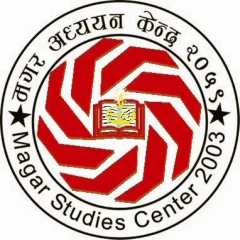Regmi, Dilli R. (2007). Ancient Nepal. New Delhi: Rupa & Co.
[First published in 1965 and reprint 2007].
Annotation by: Dr. Govind Prasad Thapa
The identity of the ‘king’ Aramudi is debated in the history. The writer shares his feelings on this issue, “Except for Kalhan’s account Aramudi is an unknown figure for the history of Nepal. His name so eloquently appearing in Rajatarangini is nowhere traced in the
indigenous source materials of our country. This is certainly strange. How is it that his brave exploits are acknowledged by a historian of the country, whose king he defeated, and there not even a faint recollection of the event cherished by his own countrymen who inherit the glory earned by him in the encounter. But it might be that Kalhan by what he heard about the event in his time failed to notice a separate kingdom so
close to the Nepal Valley. The story of Jayapida’s campaigns came to his knowledge after nearly five hundred of their occurrence. Kalhana wrote in circumstances where the context of the old period had entirely changed. We can suggest in the same vein that the political map of the East Himalayas might have also substantially changed in all these
years. Not oly the ruling dynasties but ruling kingdoms could be wiped out from the map within the duration of these fateful centuries.”
The reference of the fight is somewhat baffling historians of Nepal. How could it be possible that such an event was not mentioned by any native scholars. The writer hints of ‘contest’ in the event of new evidences ever produced. He further writes, ” As Nepal by far was the name of the most ancient and glorious country in the eastern Himalayas
and he could not hear of any other kingdom there, at the time he wrote his composition ‘the River of Kings’ Kalhana had his own reason to link the event of a fight on the bank of the Gandak that Jayapida fought with none but the king of Nepal. This kind of reasoning may, however, be contested otherwise of evidences to the contrary ever appeared.”
He further suggests for research on this issue, “Aramudi in all possibility was a king of the Gandak region. He might act as well as a ruler of a native dynasty of Magars. The Magar vocabulary might provide a clue to the meaning of the word Aramudi in its historical setting. But scholars with a competent knowledge of linguistics and Indo-Mongoloid dialects are needed for the task. If Gandak region is thoroughly searched for historical studies, we are likely of gain new light on the event of the Kashmir-Nepal conflict and Aramudi’s own identity to a phantom by the overwhelming authority.
P. 213-4.
